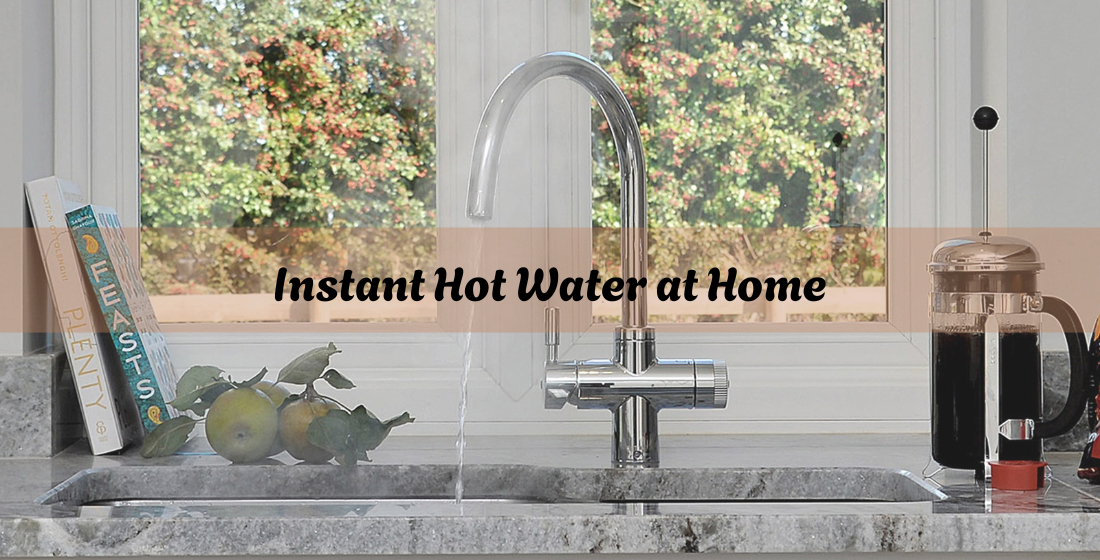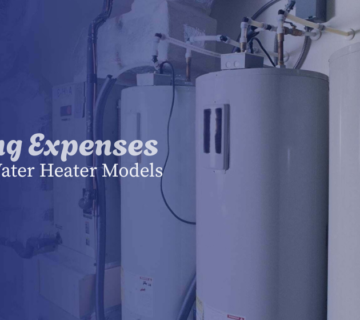Instantaneous hot water systems, or tankless water heaters, have become very popular for residential use because of their compact and efficient design. Traditional tank-type water heaters store hot water in a tank, whereas instantaneous systems heat water just as it is needed, providing numerous benefits. There are disadvantages, though. In this blog, we will discuss both the advantages and disadvantages of having an instant hot water system in a home environment.
Pros of Instantaneous Hot Water Systems
- Energy efficiency: The most important advantage of instantaneous hot water systems is that they are energy efficient. As the systems only heat water when necessary, there is no need to maintain a constant tank of warm water. This on-demand heating reduces the wastage of energy, resulting in reduced utility bills, especially when changing the needs of hot water consumption or warm water needs.
- Unlimited hot water supply, instant water heaters provide a stable supply of warm water, provided that the system is working well. Therefore, they are very suitable for large families or homes with many bathrooms. Families can operate during prolonged rain or multiple pieces of equipment at a time without worries about eliminating the hot water supply.
- Space-saving and compact tankless water heaters are much smaller than the standard water heater, thus suitable for small living areas. Being compact allows for easy installation, even in chopped spaces, even in the closet, basement, or even the outside, leaving the valuable location untouched. Space-saving capacity suits it for use in apartments or small habitats.
- Long-ended instantaneous hot water units are more durable than traditional tank-type water heaters. While a standard tank water heater can last about 10–15 years, a tankless model can work regularly for 20 years or more. This longevity can provide them with a more economical investment in the long term.
- The low risk of water damage as a tankless system does not keep warm water, the possibility of leaks or breakdowns, resulting in severe water damage to homes with traditional tank-type systems. This helps to avoid potential dirt and expenses of tank failure.
Cons of Instantaneous Hot Water Systems
- The cost of a Greater Upfront is the biggest disadvantage of immediate hot water systems. Tankless water heaters can be much more expensive to buy and install than standard tank-based systems. The cost of installation can also be higher if existing plumbing or electrical systems require amendments to support the new system.
- The flow rate restraint, although immediate hot water units provide unlimited warm water, restricts the flow rate. The systems are capable of heating water only at a special rate, and when more than one appliance is operated simultaneously, such as a rain, shower, dishwasher, or washing machine, they will not be able to handle the system load. In large homes where heavy hot water is used, it can install several units or switch to a more powerful system.
- Temperature ups and downs immediately affect hot water systems may suffer from ups and downs in temperature, especially when there is an unexpected change in the demand for water. For example, if a person turns on the shower because a person use warm water in the kitchen, the temperature can go up and down. While new models come with better techniques to reduce these ups and downs, they can still cause a problem in some cases.
- A tankless water heater also requires periodic maintenance, such as descaling, especially in areas where the water is difficult. Mineral deposits over time can affect the buildup efficiency and lifetime of the system. In maintenance, the tankless water heater incurs the cost and time required to operate, as cleaning and servicing must be done annually.
- Uneven Heating during Severe Weather, Tankless units are susceptible to cold temperatures, especially in areas with winters that freeze. When water coming into the system is too cold, the heat source can fail to provide the sought-after temperature, resulting in uneven heating. Further, outside systems could become susceptible to freezing under extreme cold weather unless insulated correctly.
Conclusion
Instant hot water systems provide some main benefits, which are energy efficiency, unlimited hot water, compact design, and durability in the long term. They are well suited for modest-sized homes with especially average warm water demand and not too much space. They also have some disadvantages, such as increased upfront cost, possible flow rate restriction, and regular maintenance. In a cold climate, they can withstand problems with the ability to maintain continuous heat. Finally, whether an instantaneous hot water system is the right choice for your home depends on your specific warm water use, budget, and maintenance preferences. For those who prioritize energy efficiency and invest in advance, profit can reduce deficiencies.
If you’re considering improving your home’s energy efficiency beyond just water heating, you may want to explore a full system upgrade. Converting from steam to hot water heating can offer better temperature control, increased efficiency, and lower operational costs over time.
How to Choose and Install an Instantaneous Hot Water System
- Assess Your Household’s Hot Water Demand
Count the number of bathrooms and hot water appliances (e.g., dishwashers, washing machines).
Estimate peak usage to choose a system with the right flow rate (measured in gallons per minute). - Choose the Right Type of Tankless Heater
Decide between electric or gas models based on your energy source.
Gas models typically have higher capacity and faster heating, but electric ones are easier to install. - Check Local Codes and Permits
Verify local plumbing and electrical codes.
Obtain necessary permits if required by your municipality. - Evaluate Installation Location
Choose a space-efficient location like a utility closet, basement, or even an exterior wall (weather-protected).
Ensure ventilation for gas units and access to plumbing lines. - Hire a Licensed Professional
Engage a certified plumber or HVAC technician for proper installation.
Installation often includes upgrades to gas lines, venting, or circuit panels. - Perform Regular Maintenance
Descalcify the unit annually (more often in hard water areas).
Check filters and flush the system to prevent mineral buildup.
Frequently Asked Questions
With proper maintenance, most tankless water heaters last 20 years or more, significantly longer than traditional tank models.
It’s not recommended unless you’re licensed. Professional installation ensures compliance with safety codes and optimal performance.
Yes, in the long term. While the upfront cost is higher, lower energy bills and reduced maintenance issues help offset that over time.
Possibly. Homes with multiple bathrooms or high hot water demand may require more than one unit or a higher-capacity model.
No, but it can be overwhelmed if too many fixtures run at once. The flow rate determines how many appliances it can support simultaneously.
Yes, but performance can be affected by incoming water temperature. Look for units rated for cold climates and consider indoor installation or weatherproofing for outdoor units.
Annually. More frequent descaling is recommended in areas with hard water to maintain efficiency and prevent damage.
Yes, especially electric models. Pairing with solar energy can enhance savings and sustainability.





No comment